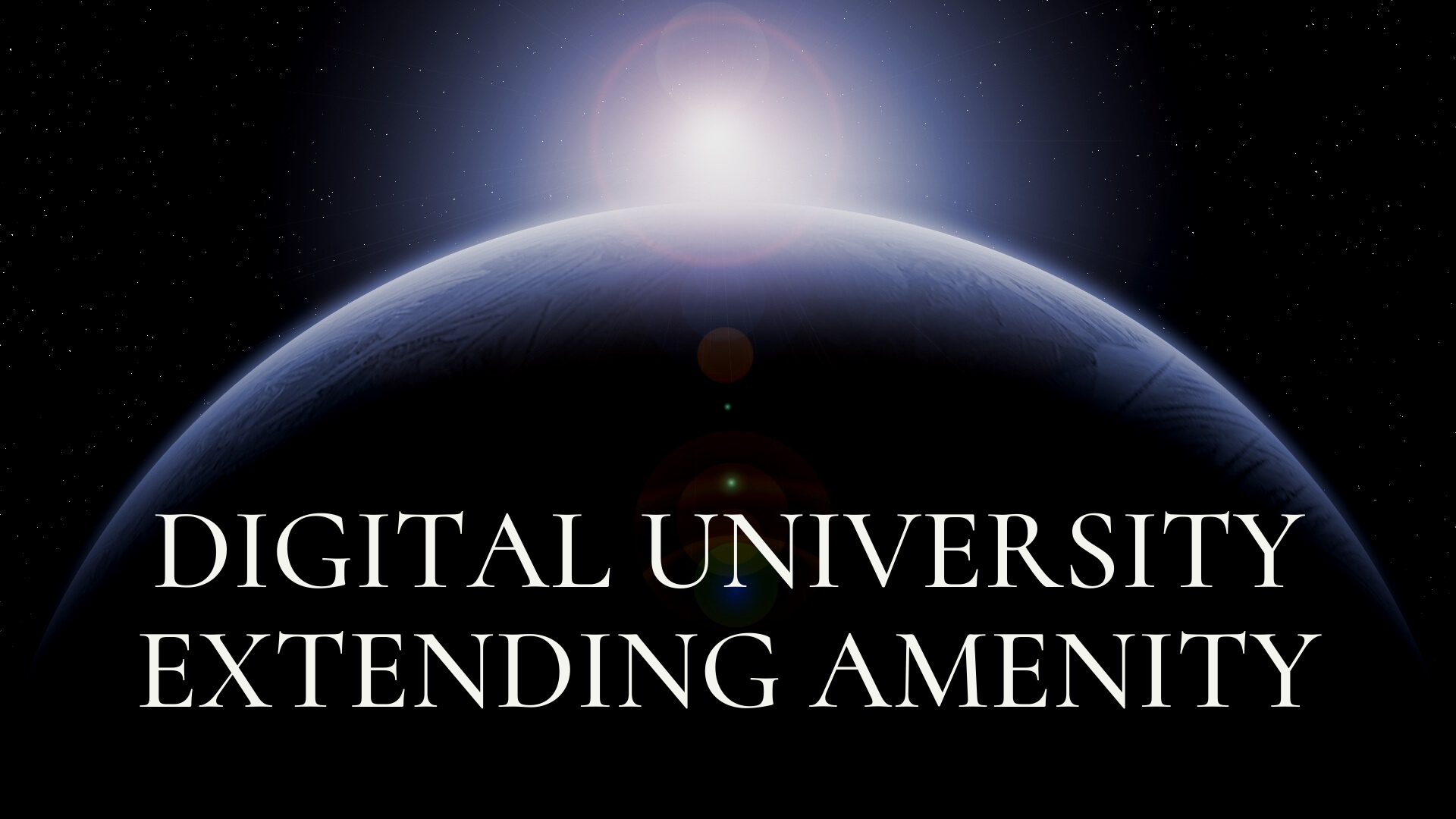Digital Universities provided a whole new view of the university system; imagine teaching-learning methods, higher education goals, and how future universities are perceived by employers. The digital initiative will provide a platform to not only learn and teach but also develop a multi-disciplinary approach. We provide multilingual, accessible learning management platforms where peer learners can be linked to create strong learning communities.

Digital Universities provided a whole new view of the university system; imagine teaching-learning methods, higher education goals, and how future universities are perceived by employers. The Covid-19 pandemic has had a significant impact on the traditional model of education. However, even before the pandemic, the lack of colleges and universities limited the options for ambitious students. In this situation of crisis, online education came to the rescue. The pandemic also demanded the need to impart supplementary education mechanisms, particularly for the children in rural areas and other weaker sections who lost access to education in the past two years. This necessitated a change in the way in which we impart higher education.
The creation of a digital university was announced in the Budget 2022-23. This is a significant decision since a digital university will provide access to high-quality higher education in several languages and also aligns with the agenda of National Education Policy 2020. The objectives of the Central government are to impart “world-class quality education”, address “learning loss” due to lockdowns, and expand the “One Class One TV Channel” initiative under the scheme- PM e-Vidya. The ministry aims at a Gross Enrolment Ratio (GER) of around 50% as initiated in the National Education Policy (NEP) in the next 15 years of time so this essentially means that 10 million students are in the higher education system.
With evolving technologies driving information economies, it's more important than ever for people to learn new skills that are relevant to their shifting responsibilities. Prof. M. Jagadesh Kumar, Chairman of the UGC, stated that the government is striving to implement legislation that would allow them to collaborate with ed-tech companies. Sri Technocrat provides cloud platforms, as well as technological resources in terms of animation, visual effects, gaming, and comics, to create high-quality digital content that will enable the students to become outstanding learners and contribute to our country's economic growth.
Digital initiatives will provide a platform to not only learn and teach but also develop a multi-disciplinary approach. This initiative has led to a surge in the number of universities that are coming forward to offer online versions of their courses for various levels and disciplines. Prof. M. Jagadesh Kumar states that higher education institutions with valid accreditation from the National Assessment and Accreditation Council, a minimum score of 3.26 net grading or a rank in the top 100 NIRF at least twice in the previous three cycles at the time of application, will be allowed to offer distance and online learning without prior Commission approval, according to the amended guidelines. This is where IT companies come in; with the use of software, data access would become effortless. Furthermore, additional colleges that do not fit the requirements will be able to apply to the UGC for authorization to provide online and remote education. After proper verification, approval will be granted to those colleges as well.
As compared to the traditional model of imparting education, digital initiatives enable less monetary investments thus enabling education to reach the remotest part of the country. Using new technologies like AI, machine learning, virtual reality, augmented reality, and blockchain, the digital university will be constructed on a networked hub-spoke model and will be able to generate cutting-edge information and communications technology platforms and digital content. The IT companies can provide multilingual, accessible learning management platforms where peer learners can be linked to create strong learning communities.
The necessity of today is to convert crises into opportunities and build a strong education leadership that focuses on transformation. To ensure that we provide greater digital access to the students two key regulations have been taken; one is the Academic Bank of Credits, and the second is multiple disciplinary entries multiple exits. The UGC has made sure that 40 percent of the credits are allowed by the colleges and universities of their curriculum through digital learning via swayam and other MOOC platforms.
But the question arises, how much will online education assist marginalized students in gaining access to and succeeding in higher education? Lack of access to the resources, commercialization of education, intermittent Internet connectivity, quality of content provided and frequent power cuts will only lead to a bleak future for students. The solution lies within the fact that online and offline learning should be complemented by each other. The two types of education, traditional and digital, should not be considered mutually exclusive. Online learning must be viewed as one thread in a complex tapestry of curricular communication that may nevertheless provide direct human involvement and social learning a vital role. The digital university should engage with the top public higher educational schools, such as IITs, IIMs, and central universities, to deliver a world-class teaching-learning ecosystem at an accessible price. Training should be provided for high-quality digital content creation and partnerships with IT companies might come to the rescue when it comes to online laboratories.

.png)